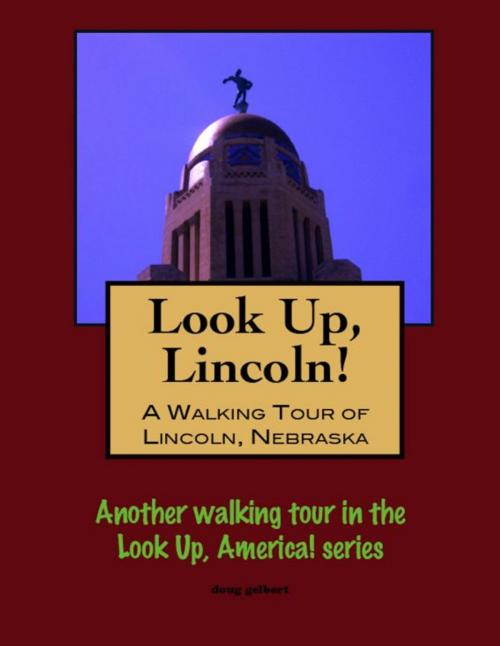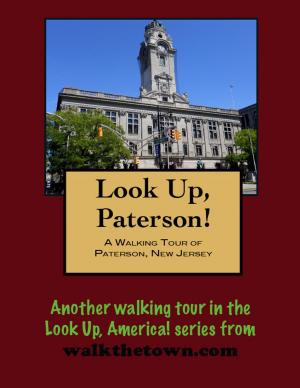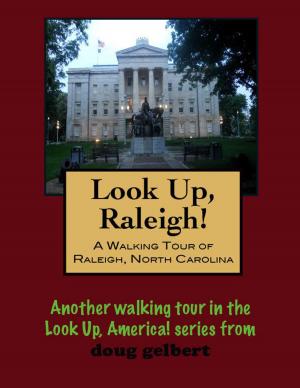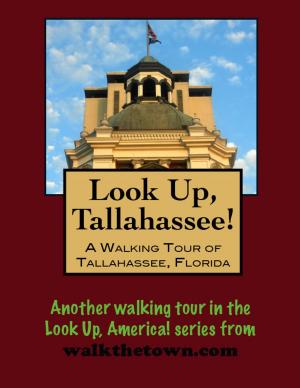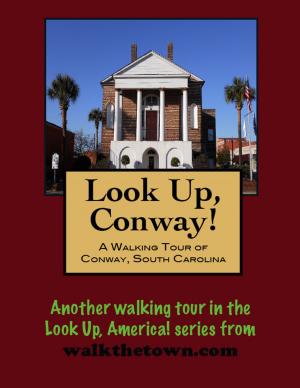| Author: | Doug Gelbert | ISBN: | 9781301616848 |
| Publisher: | Doug Gelbert | Publication: | December 12, 2012 |
| Imprint: | Smashwords Edition | Language: | English |
| Author: | Doug Gelbert |
| ISBN: | 9781301616848 |
| Publisher: | Doug Gelbert |
| Publication: | December 12, 2012 |
| Imprint: | Smashwords Edition |
| Language: | English |
There is no better way to see America than on foot. And there is no better way to appreciate what you are looking at than with a walking tour. Whether you are preparing for a road trip or just out to look at your own town in a new way, a downloadable walking tour is ready to explore when you are.
Each walking tour describes historical and architectural landmarks and provides pictures to help out when those pesky street addresses are missing. Every tour also includes a quick primer on identifying architectural styles seen on American streets.
There are only a handful of states where the capital city is also home to the state university. Typically way back when a deal was brokered to split the two prizes among competing towns. Wisconsin, Texas, South Carolina are members of the capital-university club but Lincoln may be the unlikeliest member of that exclusive fraternity.
When it was selected as the capital by a three-man commission in 1867 the village was called Lancaster (for evoking memories of Lancaster County, Pennsylvania among early settlers) and counted a total of 30 inhabitants. Nebraskans did not flock to the newly renamed Lincoln because many doubted it would stay the capital for long. State documents and office furnishings were spirited out of the territorial capital of Omaha in covered wagons in the dead of night to prevent feisty Omahans from stopping the transfer of the government to an unknown outpost in the salt flats and marshes away from the Missouri River.
In that climate of uncertainty the Legislature got down to work. One of the first bills passed established the University of Nebraska in Lincoln and the cornerstone for the first building, University Hall, was laid in the fall of 1869. In a matter of months the town had evolved from a place where settlers struggled to pull a living from the saline wetlands to a city on the come with its course set as a government and education center.
Along the way the economy of Lincoln tilted from an agrarian town to that of a diverse metropolitan city - the population was 50,000 by 1900, 100,000 by 1950 and 225,000 by the year 2000. The streetscape of Lincoln has shifted with the times with new buildings replacing old ones at a regular pace but there remain souvenirs from bygone eras to discover. Before we descend into downtown, however, our walking tour will begin in the shadow of a building that caused the American Institute of Architects to gush that it was the "Fourth Architectural Wonder of the World"...
There is no better way to see America than on foot. And there is no better way to appreciate what you are looking at than with a walking tour. Whether you are preparing for a road trip or just out to look at your own town in a new way, a downloadable walking tour is ready to explore when you are.
Each walking tour describes historical and architectural landmarks and provides pictures to help out when those pesky street addresses are missing. Every tour also includes a quick primer on identifying architectural styles seen on American streets.
There are only a handful of states where the capital city is also home to the state university. Typically way back when a deal was brokered to split the two prizes among competing towns. Wisconsin, Texas, South Carolina are members of the capital-university club but Lincoln may be the unlikeliest member of that exclusive fraternity.
When it was selected as the capital by a three-man commission in 1867 the village was called Lancaster (for evoking memories of Lancaster County, Pennsylvania among early settlers) and counted a total of 30 inhabitants. Nebraskans did not flock to the newly renamed Lincoln because many doubted it would stay the capital for long. State documents and office furnishings were spirited out of the territorial capital of Omaha in covered wagons in the dead of night to prevent feisty Omahans from stopping the transfer of the government to an unknown outpost in the salt flats and marshes away from the Missouri River.
In that climate of uncertainty the Legislature got down to work. One of the first bills passed established the University of Nebraska in Lincoln and the cornerstone for the first building, University Hall, was laid in the fall of 1869. In a matter of months the town had evolved from a place where settlers struggled to pull a living from the saline wetlands to a city on the come with its course set as a government and education center.
Along the way the economy of Lincoln tilted from an agrarian town to that of a diverse metropolitan city - the population was 50,000 by 1900, 100,000 by 1950 and 225,000 by the year 2000. The streetscape of Lincoln has shifted with the times with new buildings replacing old ones at a regular pace but there remain souvenirs from bygone eras to discover. Before we descend into downtown, however, our walking tour will begin in the shadow of a building that caused the American Institute of Architects to gush that it was the "Fourth Architectural Wonder of the World"...
